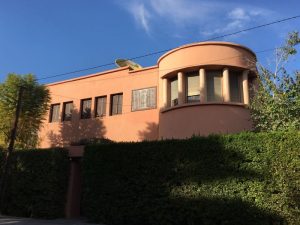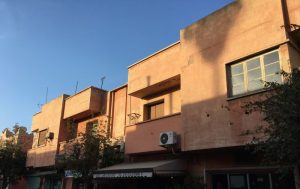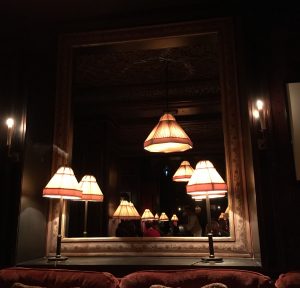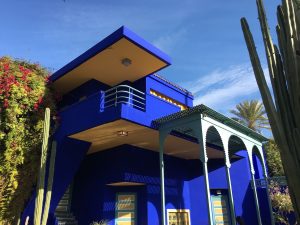
This post is the sequel of post Marrakesh Art Deco #1, continuing the series of chance encounters around Art Deco in Marrakesh. Post #1 was about our first day on a sidecar visiting the Gueliz district of Marrakesh as well as discovering the palace hotel and Marrakesh icon, La Mamounia. The second day started with a visit to one of the gem of Marrakesh, the famous garden jardin Majorelle.
Jacques Majorelle was born in Nancy in 1886 and was the son of Nancy furniture designer Louis Majorelle, one of the leader of the major Art Nouveau current, l’école de Nancy. Having grown surrounded by art, Jacques Majorelle naturally turned to painting, studying art first in Nancy, then in Paris. He moved to Morocco in 1919, a few years after the country became a French protectorate. There he developed his career, including a massive ceiling painting for the grand hotel La Mamounia (See post Marrakesh Art Deco #1). His most known work is the Majorelle garden, were he collected plants from all over the world.
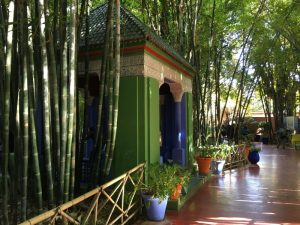
Although the garden itself has seen renovation and transformation, elements of it are clearly Art Deco, most importantly the villa Majorelle used as a workshop. Like in some Shanghai Art Deco pieces, and in many other places, Art Deco global influence is blended with locally inspired motives. This is particularly true for the Moorish archways of the main house (somewhat similar to the house on Duo Lun lu in Shanghai) and motives on the green pavilion. The calm and tranquility of the place is perfectly completed by the beauty of the garden and it dominant Majorelle blue.
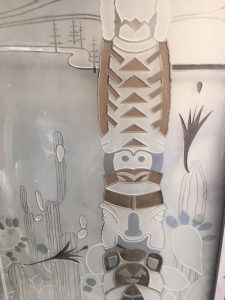
Our discovery of Art Deco continued with the visit to an antique dealer. Although all his collection is not Art Deco, there was a number of interesting pieces and he liked Art Deco himself. “You have come too late for Art Deco, we have some sold so many pieces. Weatlhy people came to Marrakesh in the 1930s, they would bring pieces from Paris like this one”, he said while pointing at a really nice cabinet. “Some houses had not been opened since the 1950s, then they were sold by the owner’s heirs and the content is dispersed”. I could not stop thinking about a similarity with Shanghai, when old Shanghai house are destroyed or ruinovated and antique art deco pieces are found on the market. One real surprise was a set of stained glass doors. “They were made by a local glass maker who worked with Majorelle”. I wish I could buy it all.
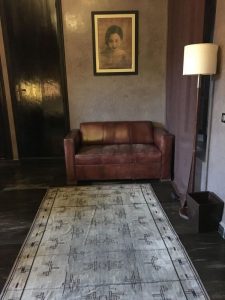
A true Art Deco spot was Villa Makassar, the Art Deco riad. Although it is recently built, the owner has spent a lot of effort to design it in Art Deco style and furnish it with antique furniture. Every room has a theme associated to the style, and coming from Shanghai we were offered the Sassoon room. Being greeted by Old Shanghai posters and a picture of actress Hu Die was quite a surprise, and a strong link of our trip with Shanghai homeland.
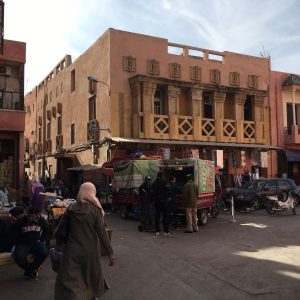
The hotel is located in La Casba, a recent part of the Medina that has clearly been built (or re-built) in the 1920s or 30s, with a few Art Deco buidlings. After these 2 days of being unexpectedly surrounded with Art Deco in Marrakesh, a few more surprises were waiting for us at the seaside town Essaouira.

